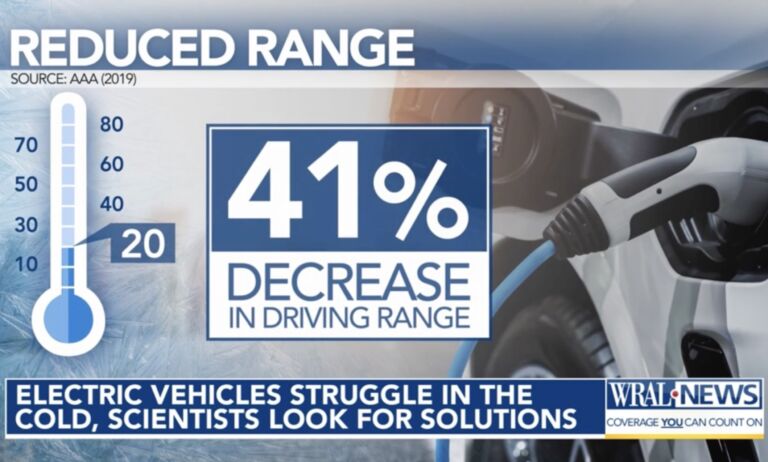Michael Barone‘s latest column praises the more than 55-year-old legislation that created the federal interstate highway system, then explains why politicians should consider different ideas today.
For a long time the law worked as planned. Most of the interstate network was in place by the early 1970s. The last bit, the breathtaking Glenwood Canyon stretch of I-70 in Colorado, was opened in 1992.
In subsequent highway bills Congress added bells and whistles — funding for mass transit, for bike paths, authorization of a national 55 mile per hour speed limit. Committee chairmen built support for the bill by allowing members to earmark funds for projects in their states and districts.
Now this politically congenial system is broken. One reason is that gas tax receipts are flat-lining or declining. Higher gasoline mileage requirements — something Congress has also blessed — are responsible. …
… The solution needs to be found outside the box. Federal funding may have been necessary to coordinate the design of the interstate system and to fund it in many states. But the interstates have been located and built, and differences in state income levels were much greater in the 1950s than they are today.
Federal funding may be enough to finance needed repairs and upgrades, [Innovation News Brief Editor Ken] Orski argues. But, he goes on, “as for large-scale reconstruction and system expansion projects that are beyond the states’ fiscal capacity to fund on a pay-as-you-go basis, let them be financed with long-term credit and private investment capital.” Tolls, another form of user fee, would provide the revenue.
This, he points out, is already happening in many states — the Beltway HOT lanes in Northern Virginia, New York’s Tappan Zee Bridge replacement, the East End Crossing over the Ohio River near Louisville.
A prime example is the proposed second bridge across the Detroit River to Windsor, Ontario. One-quarter of U.S.-Canada trade passes over the current 84-year-old Ambassador Bridge.
Michigan Gov. Rick Snyder has gotten Canada to completely finance the construction of a new bridge through a public-private partnership. (Federal law authorizes state governors to negotiate the financing and location of U.S.-Canada bridges.)
The point here is that states and localities know their needs better than the federal government can. Private capital is available for investment in toll roads and bridges and can better assess profitability than logrolling members of Congress.


